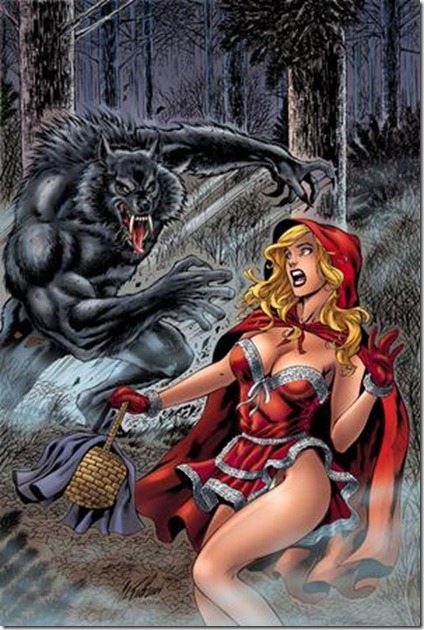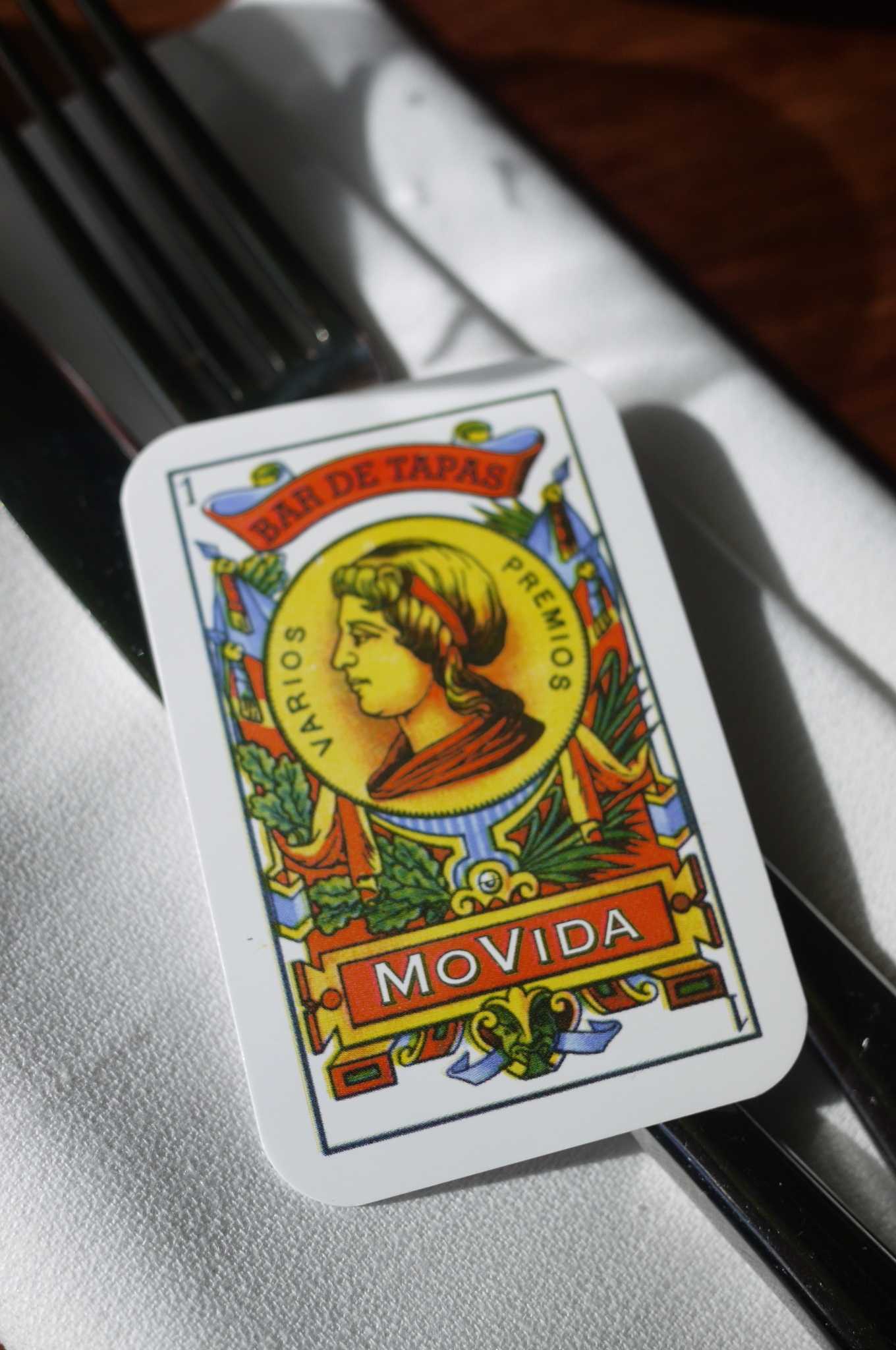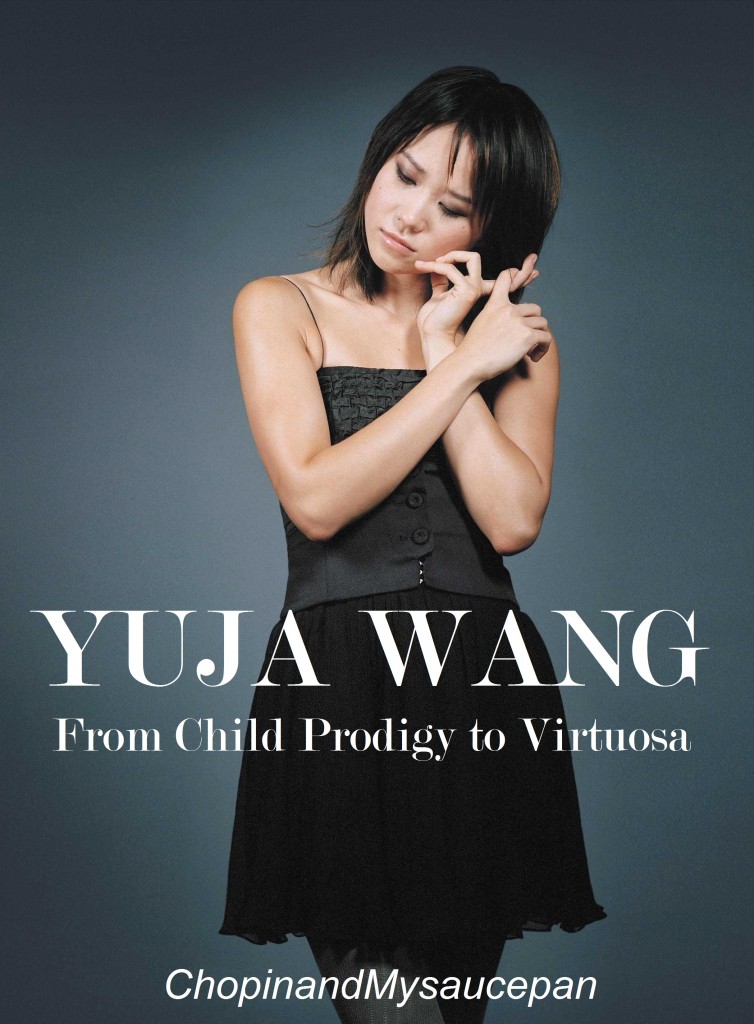In one of the most famous fairy tales ever told, Little Red Riding Hood is a little girl in a red cloak who visits her grandma in the woods only to discover a big bad wolf has eaten grandma and wants to eat Little Red too.
When I was a kid, the version told to me was that Little Red tricks the wolf to fall asleep and cuts open the wolf’s belly to find grandma save and sound. She then rescues grandma and fills the belly with heavy rocks. When the wolf finally awakes, the rocks are so heavy that they weigh him down and the wolf dies. Grandma and Little Red then lives happily ever after.
Different versions of the Little Red Riding Hood fairy tale
Through the years, this fairy tale has evolved and the story line has been changed into modern interpretations and readings. Here are a few famous versions:
1. Happy ending – both grandma and Little Red are well.
In this version, grandma and Little Red escapes from the wolf and are safe and one in which good triumphs over evil.
2. Sad ending – both grandma and Little Red were eaten by the wolf.
This may well be the original version but how can you tell a child a bedtime story with a violent and terrible end?
3. The huntsman – a saviour that rescues Little Red and grandma.
In this version, a huntsman appears and save Little Red and grandma by slaying the wolf. This version may draw on the notion of hope and faith that although we may go through difficult times in our lives, things will change for the better.
4. Straying from the path – temptation, independence.
This version tells of Little Red being tempted by the wolf and stray from the good moral values. Some believe this is Little Red’s inner voice to seek independence and freedom to make her own life choices.
5. The rocks – intelligence and resourcefulness.
This version paints Little Red to be resourceful and intelligent where the rocks may signify the weight of her resourcefulness to defeat the wolf and safe her grandma.
6. Sin and the colour red – good versus evil morals.
Red is traditionally the colour of lust and sin. It may also signify blood, passion and sexuality. Some versions tell of Little Red being full of lust, tempting the wolf and confusing him with sexual innuendos. Another version tells of Little Red stripping her clothes and offering the wolf one article of clothing after another in an attempt to lure the wolf and free herself. Her plan backfires and the wolf eats her alive, leaving nothing else except her arms. The moral behind this story is that it is wrong to prostitute oneself and one will eventually pay for one’s sins.
Rachmaninoff Etudes – Tableaux Opus 39
The etudes-tableaux or “study pictures” are two sets of piano etudes composed by Sergei Rachmaninoff and arranged under opus numbers 33 and 39. These “picture pieces” were intended to evoke vivid images within the listener’s mind.
One of my favourites is the Etude Opus 39 no. 6 otherwise known as the “Little Red Riding Hood” etude.
It begins with threatening octaves leading to a scuttling rhythm which depicts Little Red hurrying through the woods, trying to run away from the big wolf. Composed in the key of A minor the rhythm progresses to a chaotic state to depict the sheer terror and fear in Little Red. Clever syncopated rhythms give the impression of weaving and dodging through trees in the forest.
Two of my favourite interpretations of this piece is by Valentina Lisitsa and Vladimir Ashkenazy. Close your eyes and listen to this piece of music.
What goes through your mind when you listen to this piece of dark haunting music with your eyes closed?
Important listening tips and guidance !
1. Close your eyes
2. Be in a relaxed and comfortable position and state of mind
3. Be in a relatively dark room
4. Use a good set of headphones if possible (These recordings have very good audio quality)
![]() Loading ...
Loading ...
I suspect the images you visualise and the answers are closely related to your personality, life experiences and your own personal concept about good and evil. It gives an insight into who you really are.
So dear reader, who are you?
![]() Loading ...
Loading ...
I have included the score for this etude here.
Download music score for Rachmaninoff – 9 Preludes Opus 39
















































































































You have certainly given us something to think about. Wow! Great post
Hi Maris, hopefully not something that keeps us awake at night
Fun! 😀
I know both the stones and the huntsman endings, although the ending with the stones in the belly is more familiar to me.
Valentina Lisitsa, Vladimir Ashkenazy and Lang Lang are the ones I would name if you asked me for my favorite pianists, along with Ida Cernecka (who played my favorite recording of Chopin’s piano concerto #1) and Jenó Jandó (who played my favorite recording of Schumann’s piano concerto).
And this piece is, of course, just crazy. 😀
With eyes closed, I visualized the wolf approaching, and shivering leaves, and the little girl strolling around the wayside without any suspicion. I was a third person observer.
Hey Kath,
Glad you liked this piece because not many people do
It’s one of my favourites because it so cleverly uses all the techniques of piano playing to depict so many emotions – fear, terror, anxiety, creepiness (if you can call it an emotion), relief etc. Which of the two interpretation did you prefer?
Whilst Lisitsa is so technically brilliant and plays it faster, I think Ashkenazy’s interpretation brings out the nuances of the left hand harmonics a little better for such a quick piece especially in the presto section. Another interpretation that I really like is Nikolai Lugansky. Perhaps I should put up his video too.
http://www.youtube.com/watch?v=pVIfRuOZ1uo
I like Jando too especially for his Liszt recordings for obvious reason
Lugansky’s recording was the first one I listened to when I discovered Rachmaninoff’s Etudes Tableaux. I like it! And I think I have to listen to all the interpretations again until I can say which one I like the best for which reason. 😉
I’ve read Little Red Riding Hood Uncloaked, and the author theorises that the tale started as one of caution, when wolves populated the forests of Europe a lot more than they do today, and the story with the sad end was most likely the original. It’s really interesting to think about the origins of the fairy tales we tell our children though!
Hi Jasmyne,
I think you are correct on both accounts about a tale of caution and the sad ending though we might like to believe otherwise.
I think the recent Red Riding Hood movie might be interesting – perhaps a modern twist to a fairy tale. Not sure what the reviews are like though.
I always heard the woodsman as saviour in Red Riding Hood.
The ending with the stones in the belly was about a wolf and a mama goat and her kids. Mama went shopping and told them NOT to open the door to anyone but her.
The wily wolf tried and tried, disguising his voice by eating chalk and using mud to lighten the color of his fur coat on his paw – and he succeeded in fooling the kids and ate them all whole. Mama goat found him sleeping under a tree with a load of squirming kids in his belly and she cut him open, rescued her children and filled his belly with stones and sewed him back up. When he woke he stumbled to the river to get a drink because of his great thirst and fell into the river and drowned.
The fairy tales of my childhood were all edited by my mother. I liked the ones I read to myself much better- the horror and the sad endings were more to my taste then.
This is a wonderful post! I enjoy myself so much in your musical postings. Thank you!
I enjoyed this post a lot. I never knew this story had so many versions, As a kid I read this story with the happy ending. As an adult I prefer the ending of “the rocks” it is happy and it show Little Red as a strong person.
I am not a big music lover (except Indian) but I did listen to this etude. It was an interesting exercise to imagine which character I feel I am based on the music.
Once again this was very interesting.
Hi heidi,
Thanks for dropping by. You are right about the wolf story as I have also been told a similar tale along the same lines, especially the part about him disguising his voice and using chalk!
Hi chandana
As kids, I think most of us were told the story with a happy ending of some sort. Don’t we all love a fairy tale ending!
Very creative. Although I think I like the good old happy ending
Heidi,
This maybe a little late in the conversation, but…
The story you are talking about is a separate Grimm story called “The Wolf and the Seven kids” similar to Red Riding Hood but with 7 kid goats. The eating Chalk is better know in Germany then US. I am not sure why, maybe because this story is just told more. Being from the US I had not heard of it till told by my German friends.
Clearly the wolf is a good subject for tales….
Larry
My brother suggested I would possibly like this website.
He was once totally right. This submit truly made my day.
You cann’t imagine simply how a lot time I had spent for this information! Thank you!